Nardò is not a highly publicized destination. In fact, most Italians themselves are not familiar with it. But what you miss when you choose not to venture into this unknown and modest village is a diverse and genuine people and way of life that simply cannot be found in the more touristy areas of Puglia.
All memories of my time in Nardò are sensory: the smell of crushed olives nearby the Masseria I stayed at, the smoky cafes in the historical center smelling of pasticciotti, and that sense of being perched and enclosed within a fortification in Salento, but also free to roam the open sea just 5km away. I can still smell the oil when I close my eyes. And well, most of my memories have to be sensory. When looking back I realized that I was so exhausted from the heat, that I forgot to capture all the small intricacies and historical landmarks of this charming baroque town in Salento. Have you ever gotten that feeling in the summer? What a bummer…Nonetheless, I was able to piece together the few pictures I did take and through my words will try and bring to life the quaintness of Nardò!
Location: Central Puglia
Nardò is perfectly centralized in the middle of Puglia. It’s a little over an hour away from the trulli region up north, an hour from the Southern most point of Puglia, and 20 minutes away from Lecce. Let’s not forget to mention that it’s also a 10 minute drive to the seaside town of Gallipoli and the iconic Porto Selvaggio Natural Park and you can get to over a dozen beaches in just under a 20 minute drive. It truly is the best, most centralized location in Puglia if you’re looking to stay in one place. And what better place to stay in Nardò then in a locally restored Masseria.
Torrefazione Artigianale: Caffè Parisi
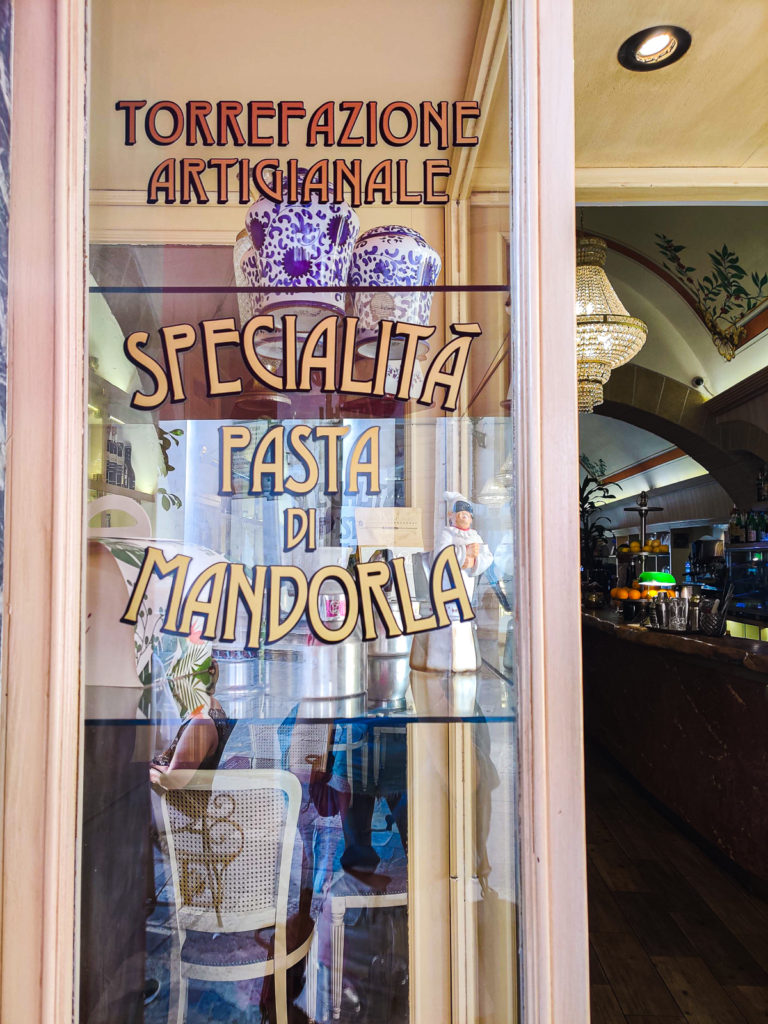
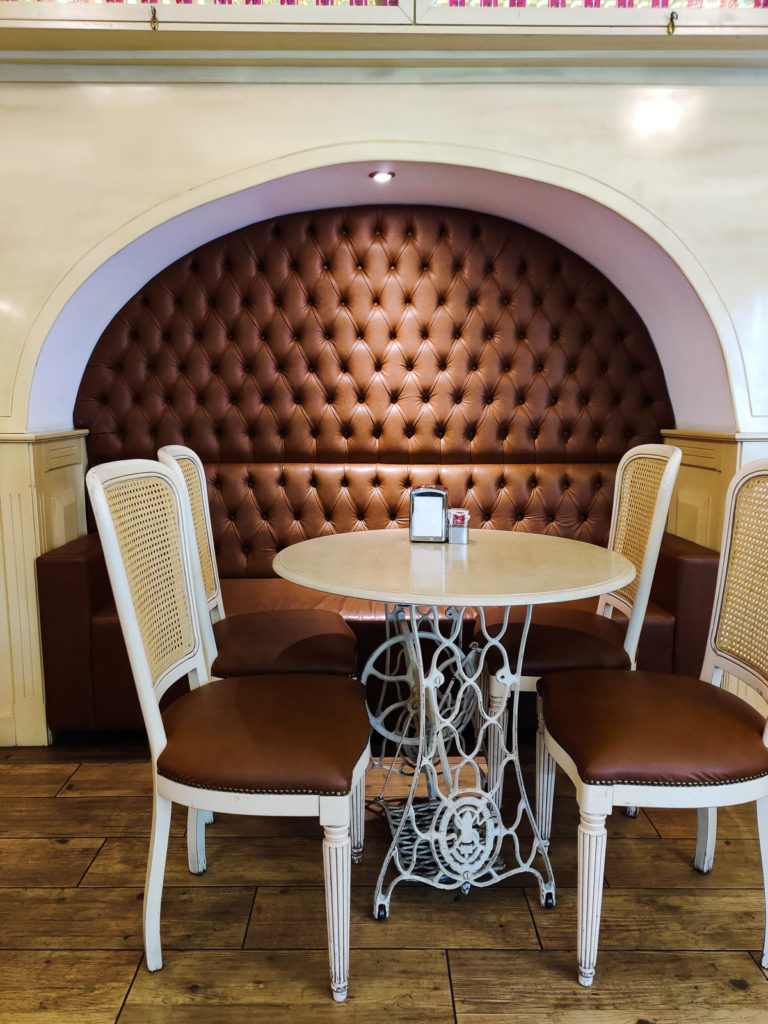
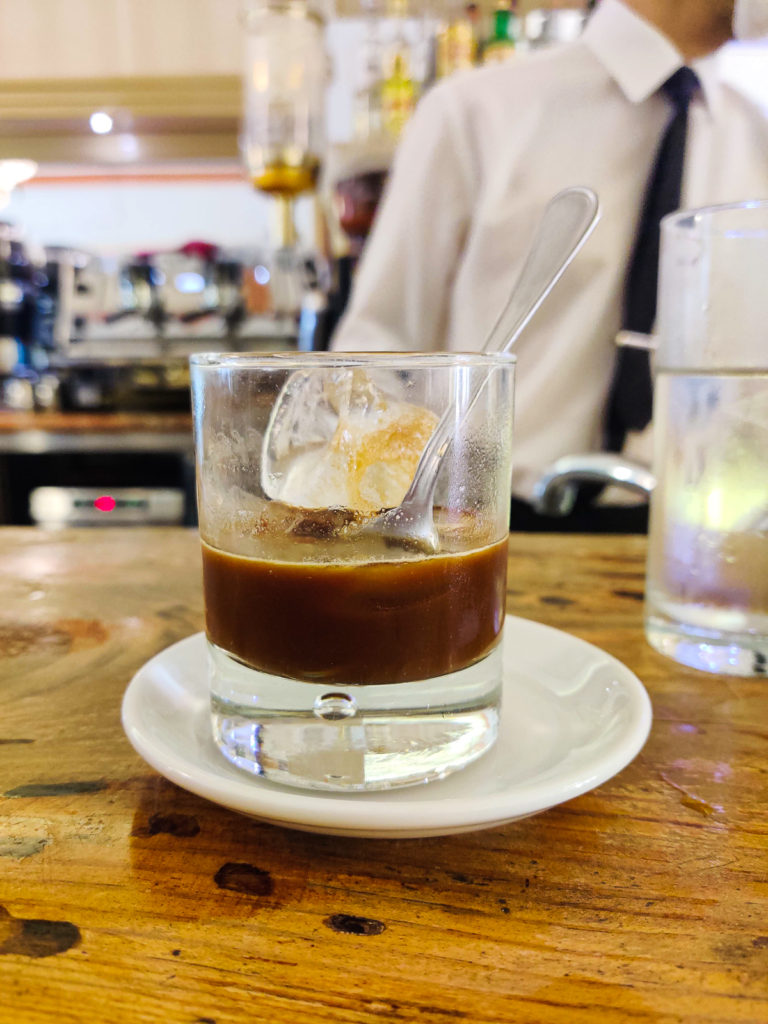
My First Time Having A Caffe Leccese and Pasticciotto in Nardo, Salento
To try and snap myself out of the daze I was in we stopped at Caffè Parisi in the main square of Nardò, Piazza Antonio Salandra, one of the only places open at 3PM in the afternoon on a Monday. You got to remember, many places in Italy are closed on Monday, and because it’s so hot in these towns down South they close business during the hottest hours of the day and reopen them later on at night. Luckily, Caffè Parisi was also known as the best. It was a torrefazione artigianale after all. Since this was our first day in Salento, my mother and I ordered our first-ever caffè leccese. We accompanied our caffè leccese with a local pastry called pasticciotto, which is usually served with the coffee for breakfast.
Piazza Antonio Salandra
Once you’ve had your unforgettable caffè leccese and pasticciotto, you find yourself in the heart of Nardò, in Piazza Antonio Salandra. During the day, the place can seem quite desolate and empty. There’s a handful of people sitting around the square drinking a coffee and taking in the splendid architecture, but otherwise, it’s empty. I recommend you revisit the piazza at night when it’s more lively.
After dinner, the piazza was our favorite place to sit around at night. We would grab a seat next to some locals on la panchina, the bench, and observe the people around us. It was an extremely lively crowd, especially for being a weekday. There were active kids jumping up and down, playing soccer, or tag, teenagers glued to their phones in the corners, young 20 year olds enjoying pizza and drinks by the two hip bars at the end of the square, and adults chatting among one another bumping into their local friends by the bars. There was a lot of energy and activity at night, there was life. The difference was literally day and night!
Walk Around Historic Center
Nardò was founded about 3,000 years ago and has seen it all: Messapians, Grecians, Arabs, Turks, Normans, Spaniards, French, Venitians. It’s different colonizers have turned it into a diverse mix of cultures. This diversity overcomes the five senses. It can be seen in the architecture, savored in the food, heard in the dialect and the music, felt in dance, and smelled when navigating around the area–from the fresh olive groves to the smell of sweet prickly pears in bloom and salty sea water.
If you’re visiting Nardò in the morning or late afternoon, stores should be open so you should be able to visit a few gems here and there. Don’t come between 12 and 5PM or you’ll find everything closed. Everyone’s at the beach during the day because of the heat, even store owners. While you walk around, admire the baroque architecture of the town. You’ll notice that Nardò has maintained an unspoiled nature to it’s town, unlike other more popular tourist destinations like Polignano a Mare. Nardò is one of those lesser known towns that people overlook. But what you miss when you choose not to venture into this modest village is a diverse, genuine people and way of life that cannot be found in more touristy areas.
Castello Acquaviva and the Public Botanical Gardens
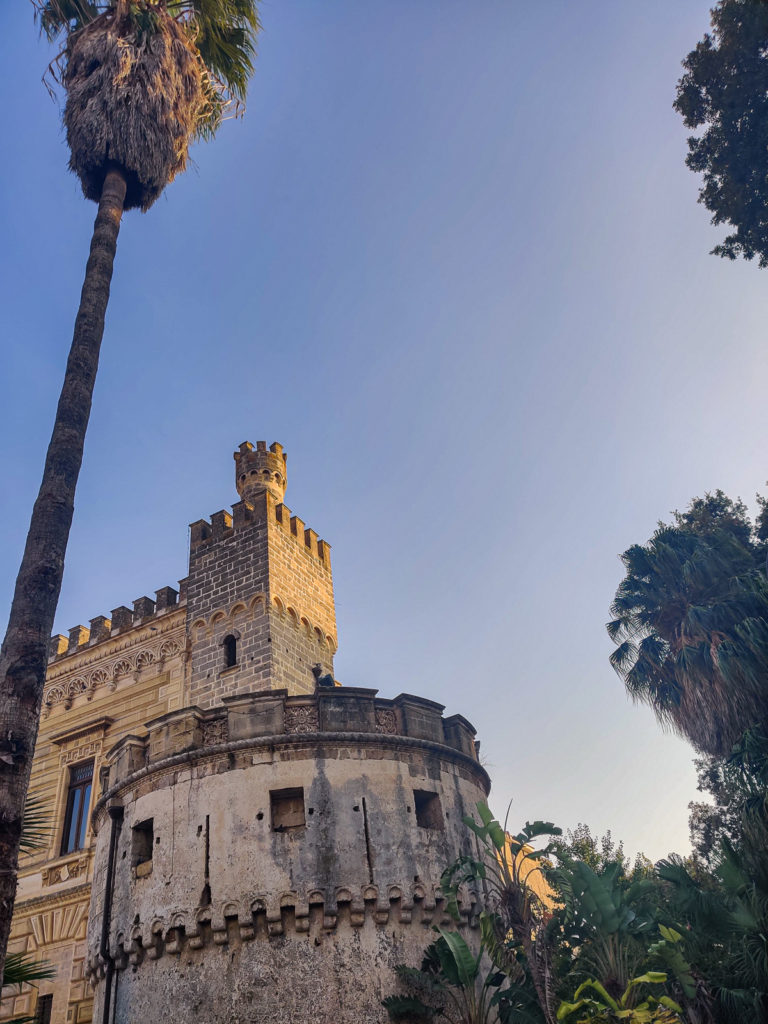
As I walked around the perimeter of Nardò I looked up and saw a towering structure piercing the sky. I followed it until it led me to castello Acquaviva, or castle Acquaviva, and the public botanical gardens. The castle was built by one of the seven dynasties of the Kingdom of Naples, Acquaviva, in 1497. He owned Nardò until 1806, when feudalism was abolished. Today, the castle houses municipal offices. The neighboring botanical garden was part of the Acquaviva’s family past time. Now, it’s one of the most well-preserved botanical gardens in Salento and houses numerous rare plants.
Where to Eat: Crêperie by Sheila
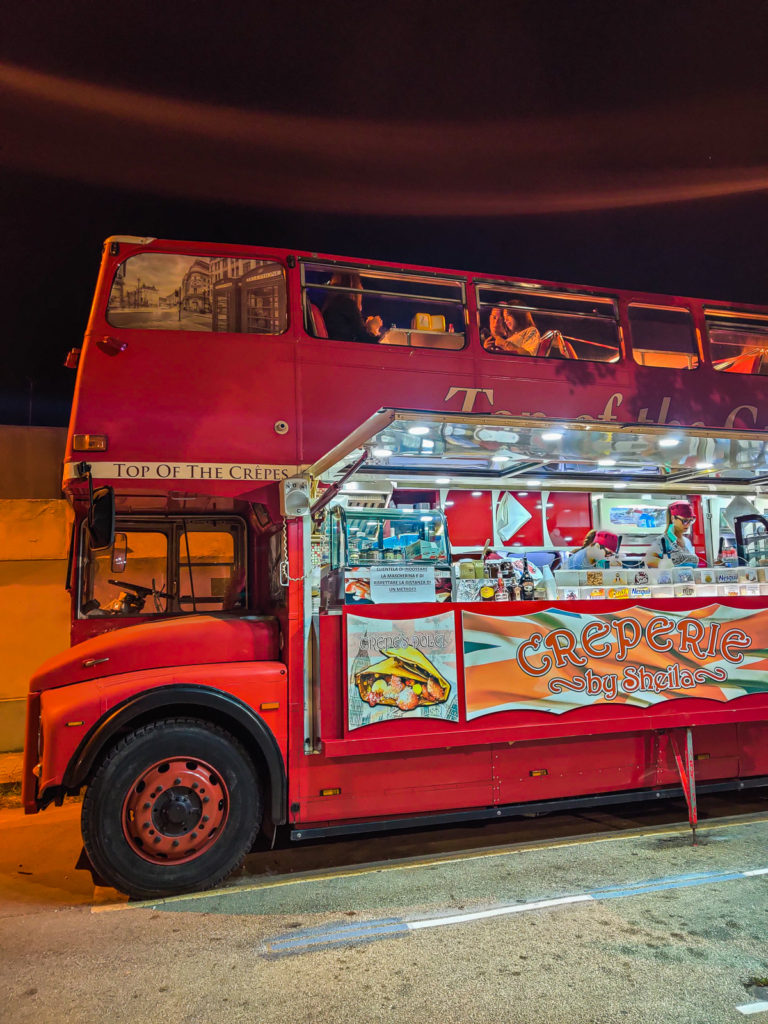
At night, you can’t miss Crêperie by Sheila. It’s a bright red London double decker bus located at the entrance of the historical district. It’s a super hip and vibrant place to grab a sweet or salty crêpe at the top of the double decker bus, which offers seating for up to 26 people. Does it feel out of place for Nardò? Yes. Are crêpes Italian? No. But this innovative concept speaks to Nardò’s diverse mentality that I alluded to before. That’s what makes Nardò so special among its counterparts and neighboring Italian towns.
Where to Eat: Trattoria San Giuseppe Cenobio
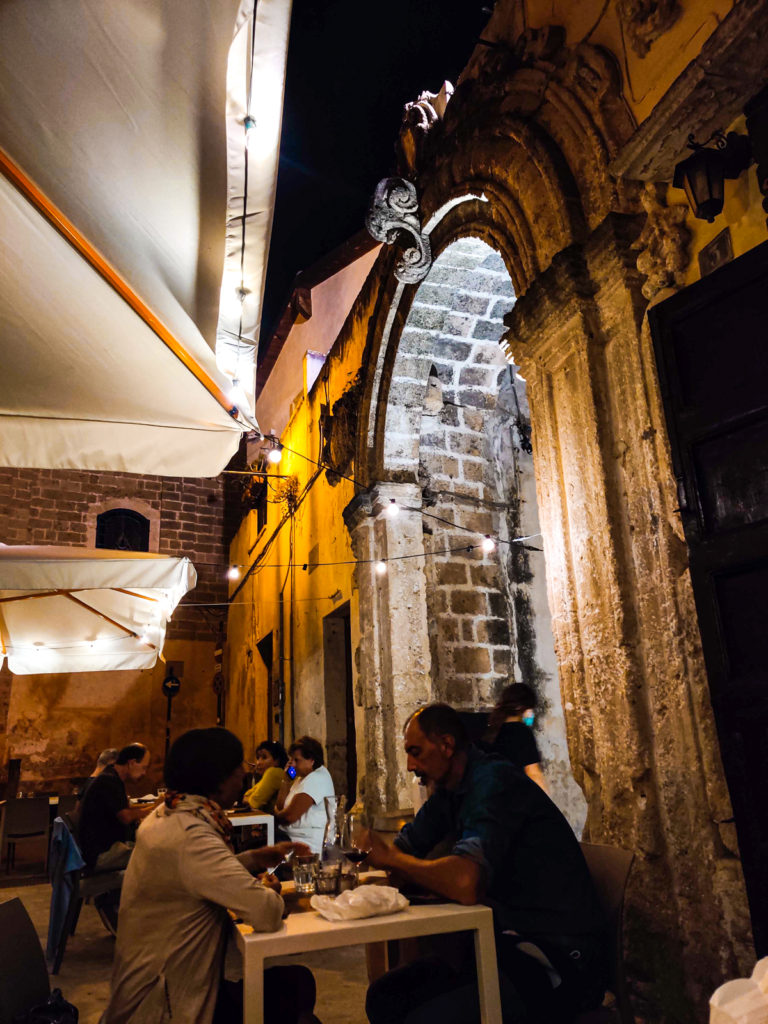
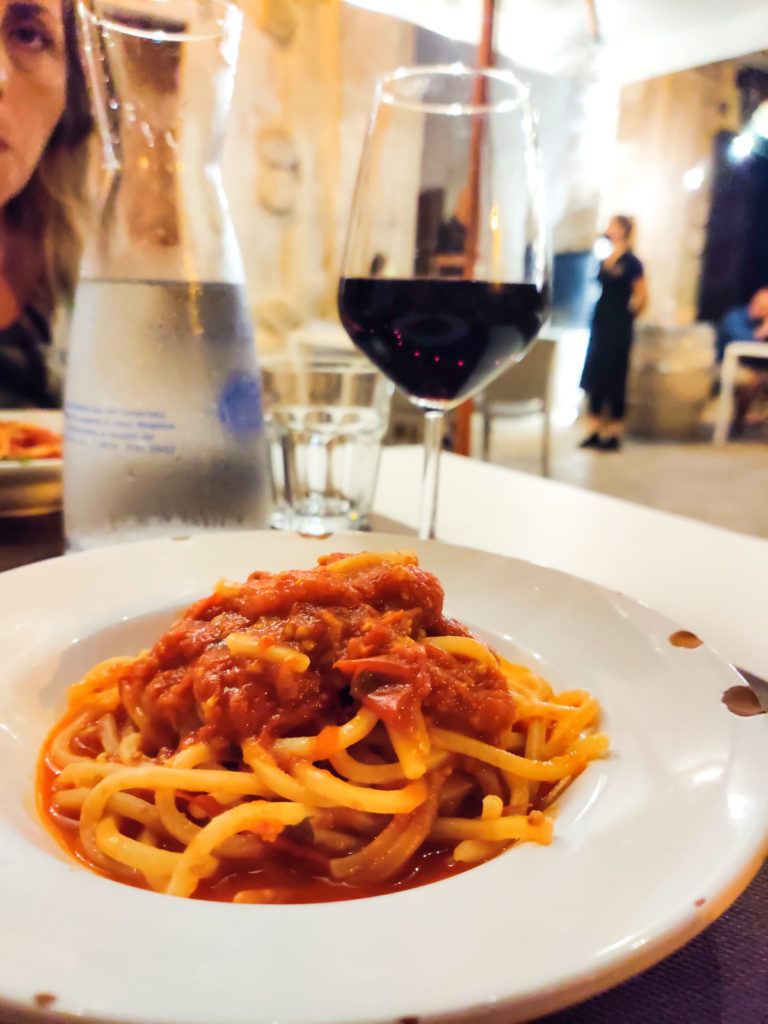
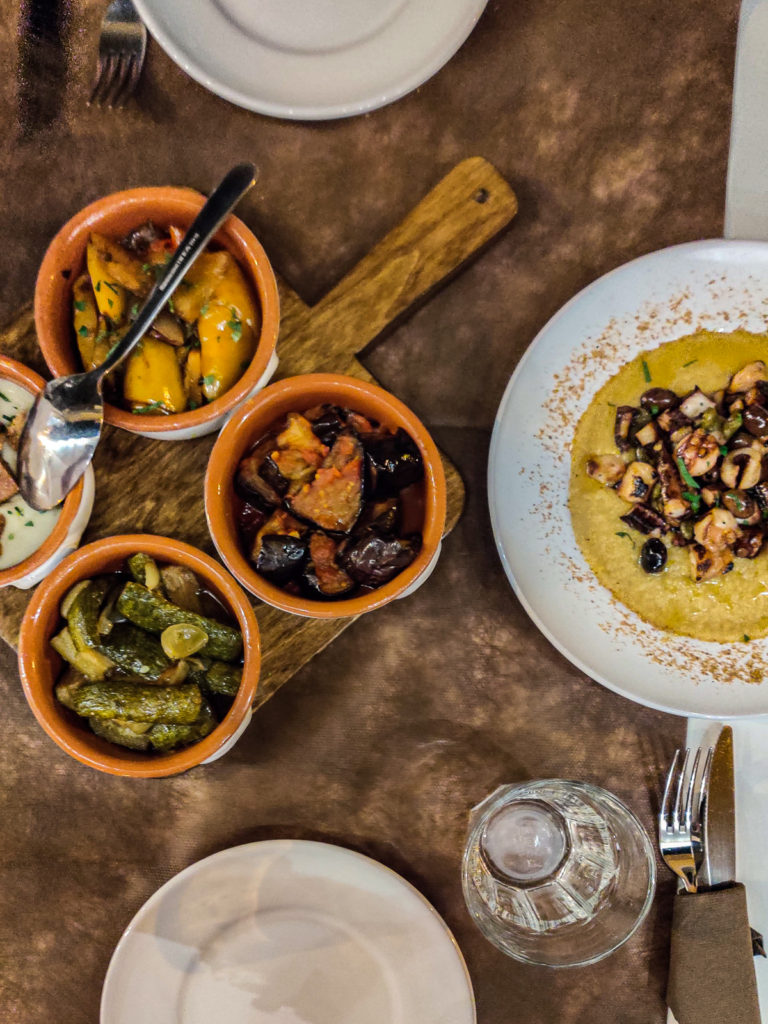
Unfortunately, the night we walked by Crêperie by Sheila, there was no seating available. But not to worry, that night we found a restaurant that we went to not once, but two nights in a row because it was so good. Trattoria San Giuseppe Cenobio is located right off Piazza Antonio Salandra. The quaint location is in what was once considered the Jesuit neighborhood in the 1500s. Stunning architecture, churches, fountains, and arches surround you in this very small square. Any friezes or emblems you see on the outside of the building are originals.
Trattoria San Giuseppe Cenobio offers classical Italian fare made the old fashion way and with some of the most earthy ingredients in the area. The first night my mother and I ordered the seasonal vegetables baked in the wooden oven as an appetizer and a roasted octopus on a cream of chickpeas from Nardò as our main. We licked the plates clean.
The second night we ordered a plate of pasta with ricotta and tomato sauce. All the meals are natural, made in house, and cooked, if possible, in the wooden oven using antique grains. They only use natural, biological, antique grains, wheats, and flour for their pasta crushed in stone. Yes, making fresh pasta daily is harder work and a lot more expensive, but you can taste the difference in quality. Having eaten the best of the best in Italy, I know the taste of real, very specific authentic pasta, and this was it. A neighboring couple was also raving about the the pasta quality to the waitress. The waitress remarked that the owner happened to stumble upon a small family business in Sicily that produced this unique grain.
Day Trip: Parco Naturale di Porto Selvaggio
There’s more to Nardò than just it’s historical city center. Just outside are a few other notable places to visit. One of these is the coastal trail in Parco Naturale di Porto Selvaggio. It was the end of the day and my mom and I were tired of driving. We decided to skip the park since it was an overcast day. I would’ve jumped at the opportunity if it had been a sunny day (especially since Pat and I are big hikers). A few days later I googled what we had missed. In a way, the hike reminded me of my hike at Riserva Naturale dello Zingaro in Sicily. I absolutely loved that hike, but would recommend you do it early in the morning unless you want to have a heat stroke.
Hiking trails include the Sentiero dei Neanderthals, or the Neanderthal trail, and Sentiero del Bronzo, or the Bronze trail, and the Sentiero dei Sapiens, or the Homosapien trail. If you can’t tell from the name, these hikes have caves that are of great historical importance. The hikes take you through nature trails with fresh pines and Mediterranean scrubs, high cliffs with stunning views, seaside caves, natural pools, the iconic Torre dell’Alto, and numerous coves along the bay of Porto Selvaggio. The trails can add up to 16km or 10 miles in one direction, so choose at which point you want to start and divide and conquer over a few days if you don’t want to do it all at once.
>> Next: How to Experience the True Magic of Matera, Italy
Follow SVADORE on:
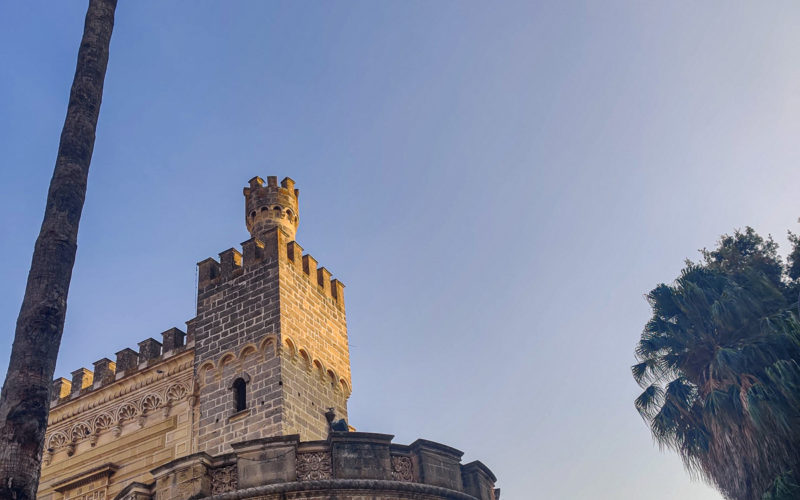
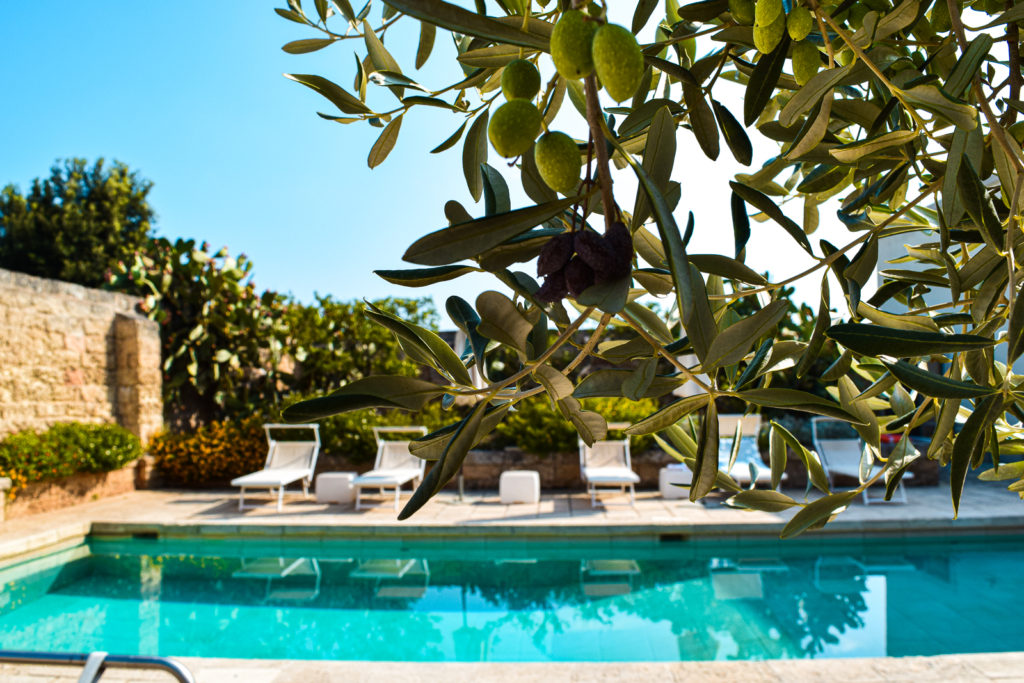
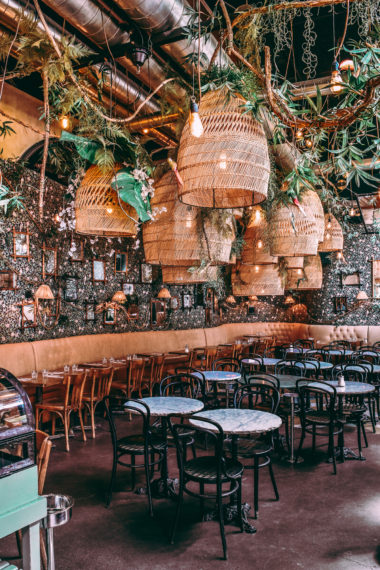
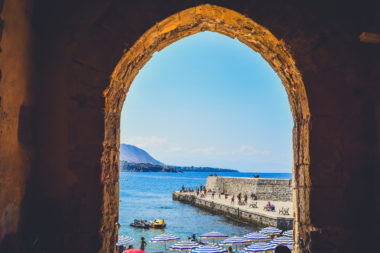
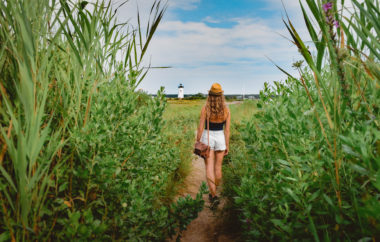
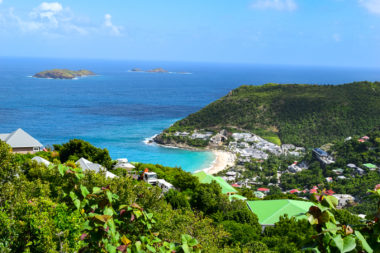
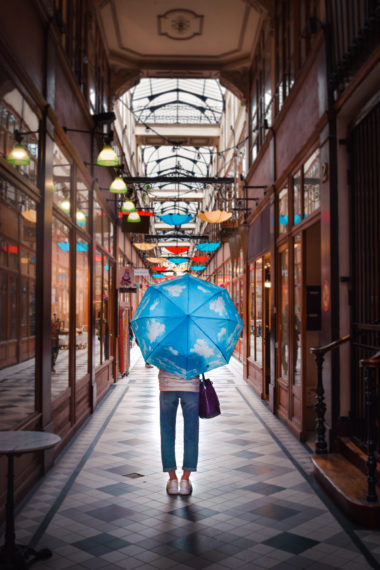
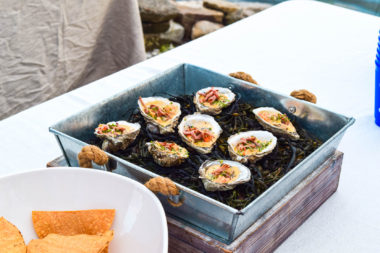


3 comments
Amazing! I know nothing about traveling all over the country, what a wonderful looking place to explore.